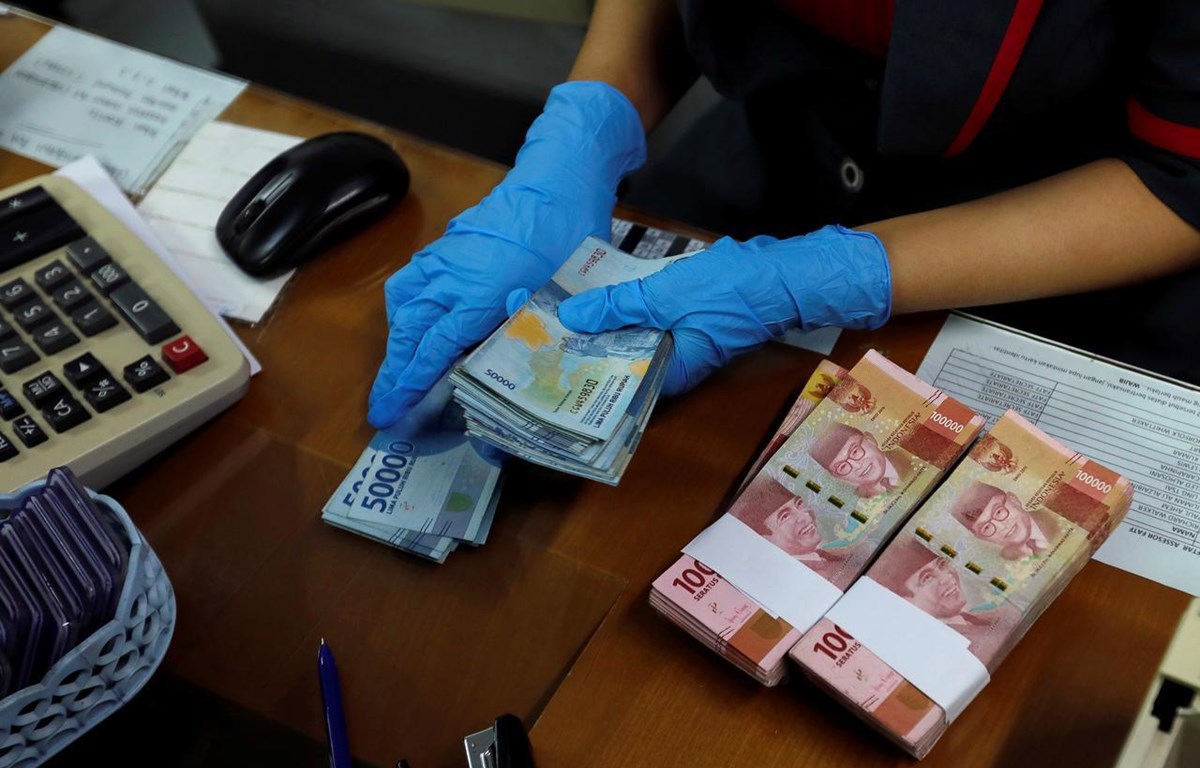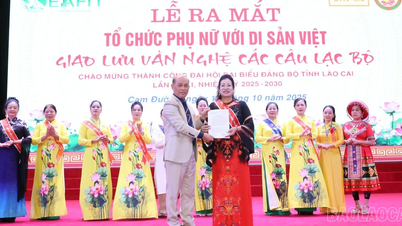According to a report by the Asian Development Bank (ADB), countries in the East Asian region are very concerned about financial risks, as interest rates are increasing.
According to ADB, cooling inflation in recent months has allowed most central banks in the region to delay raising interest rates. As a result, some banks have started cutting interest rates to boost economic growth.

ASEAN+3 remains the world's second largest regional sustainable bond market. (Photo: TCTC)
The recent pause in interest rate hikes, coupled with solid economic fundamentals, supported a modest improvement in economic conditions in most East Asian countries between June 1 and August 31, the ADB said.
With the exception of China, positive investor sentiment in regional markets contributed to lower risk premiums, a recovery in equity markets and net portfolio inflows into bond markets. However, the gloomy economic outlook weighed on financial markets in the country.
However, according to some studies, the US Federal Reserve is likely to continue to raise interest rates again. This has made many countries in the East Asia region worried.
In particular, interest rates in the region remain stubbornly high. Higher borrowing costs have contributed to debt distress and bond defaults in several Asian markets in recent months.
Asia's banking sector has shown resilience during recent banking turmoil in the US and Europe, said ADB Chief Economist Albert Park.
“However, we have seen weaknesses and defaults among borrowers in both the public and private sectors. Higher borrowing costs are a challenge, especially for borrowers with weak governance and balance sheets.”
On the other hand, a faster-than-expected fall in inflation in advanced economies, combined with a cooling labor market and/or easing concerns about financial stability and growth, could lead to a less hawkish monetary stance.
The region’s total stock of local currency bonds rose 2% in the three months to June to $23.1 trillion, according to ADB, with the increase in both government and corporate bonds slowing from the previous quarter.
Many governments increased bond issuance in the first quarter of the year, while both the government and corporate sectors had large maturities in most markets.
Sustainable bonds in ASEAN plus China, Japan and South Korea (ASEAN+3) increased 5.1% quarter-on-quarter to US$694.4 billion, accounting for 19.1% of the global total outstanding sustainable bonds.
ASEAN+3 remains the world's second-largest regional sustainable bond market after the European Union, although the segment accounts for just 1.9% of the group's total bond market.
Emerging East Asia includes the member economies of the Association of Southeast Asian Nations (ASEAN); the People's Republic of China (China); Hong Kong, China; and South Korea.
Source





![[Photo] Solemn opening of the 1st Government Party Congress](https://vphoto.vietnam.vn/thumb/1200x675/vietnam/resource/IMAGE/2025/10/13/1760337945186_ndo_br_img-0787-jpg.webp)






























![[Photo] General Secretary To Lam attends the opening of the 1st Government Party Congress](https://vphoto.vietnam.vn/thumb/1200x675/vietnam/resource/IMAGE/2025/10/13/1760321055249_ndo_br_cover-9284-jpg.webp)













































































Comment (0)